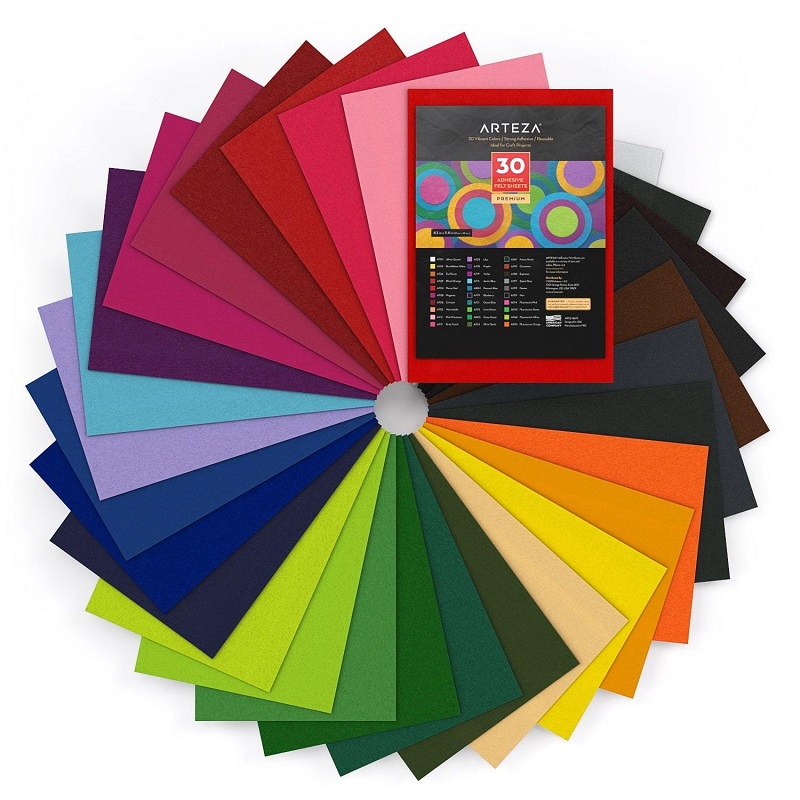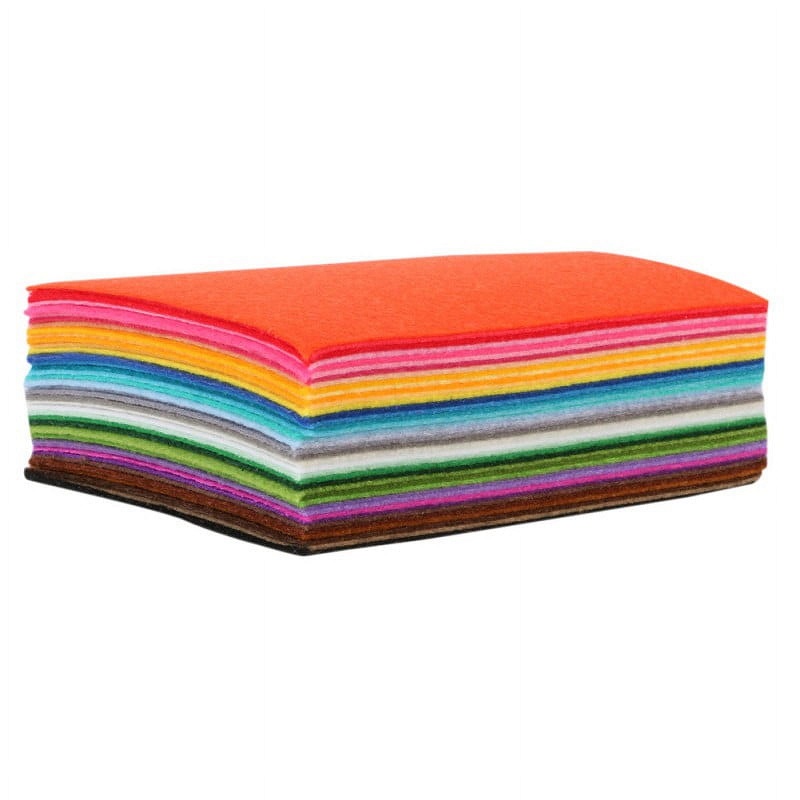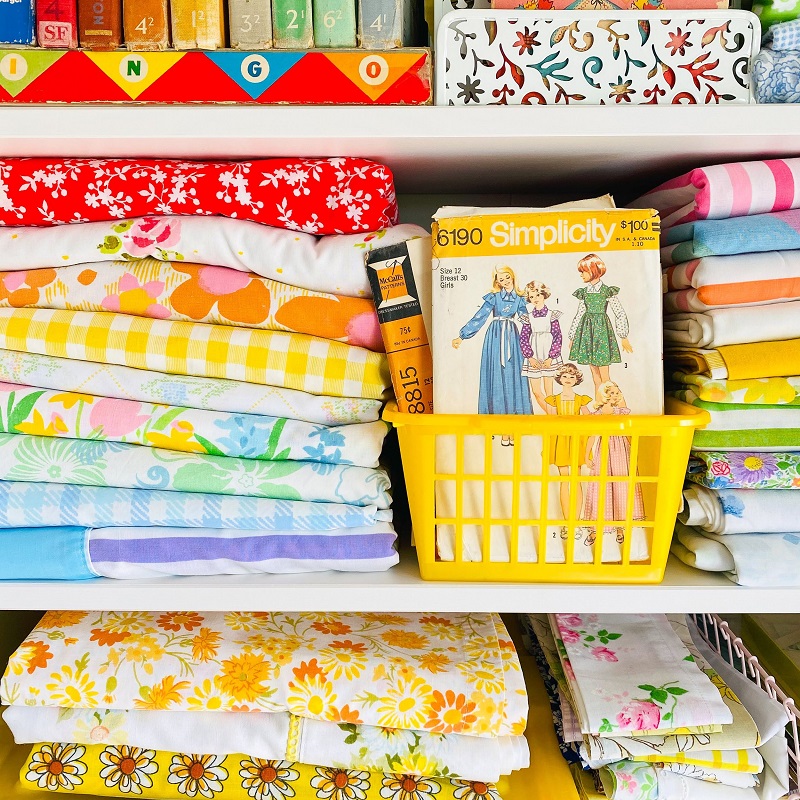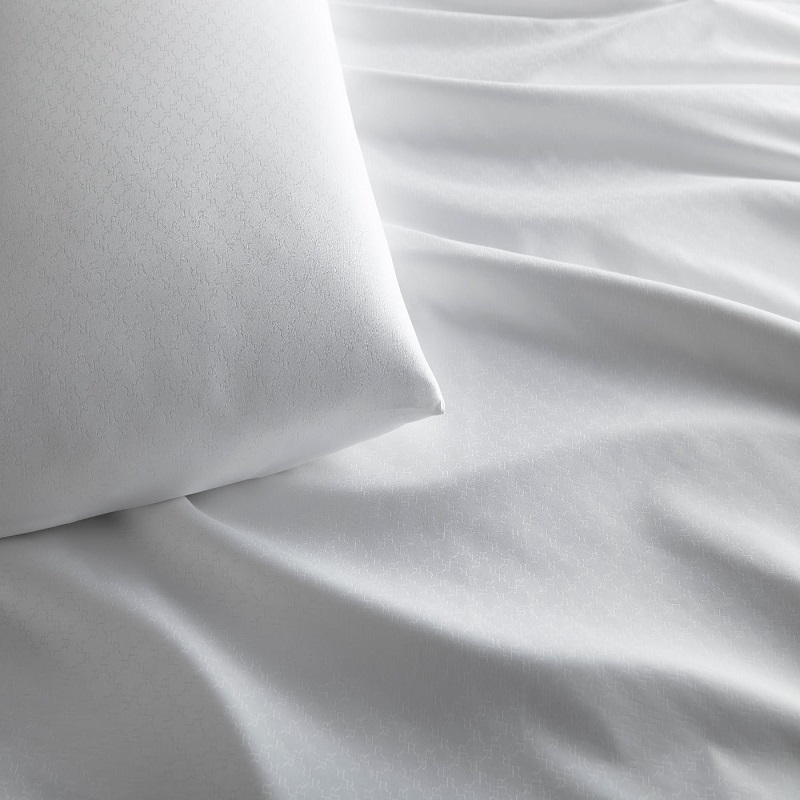Selecting the right fabric for your sheets is essential for a comfortable and restful night’s sleep. With a multitude of options available, it can be overwhelming to determine which fabric is best for your needs. This comprehensive guide will delve into the different types of sheet fabrics, their benefits, and how to care for them, ensuring you make the ultimate choice for your bedding.
Understanding the Importance of Sheet Fabrics
Why Fabric Matters for Sleep Quality
The fabric you choose for your sheets can significantly influence your sleep quality. Different fabrics offer varying levels of breathability, softness, and temperature regulation. For instance, natural fibers like cotton and linen tend to be more breathable, helping to wick moisture away from your body, which is particularly beneficial for hot sleepers. On the other hand, synthetic materials like microfiber may trap heat, which could lead to discomfort during warm nights. Choosing the right fabric is crucial for creating a sleep environment that promotes relaxation and comfort.
Factors to Consider When Choosing Sheet Fabrics
When selecting sheets, several factors should be taken into account, including climate, personal sensitivities, and maintenance. For those living in hot and humid climates, breathable fabrics such as cotton or bamboo may be more suitable. Conversely, individuals in cooler areas might prefer heavier fabrics that provide warmth. Additionally, those with sensitive skin or allergies should look for hypoallergenic materials. Understanding these factors will guide you in selecting the perfect fabric for your sheets.

Exploring Common Types of Sheet Fabrics
Cotton: The Classic Choice
Cotton is arguably the most popular fabric for sheets, known for its softness and breathability. Available in various weaves like percale and sateen, cotton sheets can cater to different tactile preferences. Percale offers a crisp and cool feel, making it ideal for warmer months, while sateen provides a luxurious, silky touch, perfect for cooler weather. Cotton’s moisture-wicking properties also make it a favorite for hot sleepers. Furthermore, cotton is easy to care for and maintains its quality even after multiple washes.
Different Types of Cotton and Their Benefits
Not all cotton is created equal; understanding the differences can help you choose the best option. Egyptian cotton is known for its long fibers, resulting in exceptionally soft and durable sheets. Pima cotton offers similar benefits, including vibrant colors and resistance to fraying. Conventional cotton sheets tend to be more budget-friendly but may lack the same level of comfort and durability as their higher-end counterparts. Knowing these distinctions can help you make a more informed choice when shopping for cotton sheets.
The Allure of Linen Sheets
Unique Qualities of Linen
Linen sheets, made from flax fibers, have gained popularity for their distinctive texture and remarkable durability. One of the standout qualities of linen is its breathability, which makes it an excellent choice for hot climates. Linen naturally regulates temperature and wicks moisture, ensuring you stay comfortable throughout the night. Unlike other fabrics, linen becomes softer with each wash, making it a worthwhile investment that improves over time.
Caring for Linen Sheets
Caring for linen sheets requires specific attention to maintain their quality. It’s advisable to wash them in cold water on a gentle cycle, avoiding harsh detergents. Air drying is preferable, but if using a dryer, a low heat setting is recommended to prevent shrinkage. While linen may wrinkle easily, many appreciate its relaxed appearance. By following proper care instructions, you can ensure your linen sheets last for years while providing exceptional comfort.
The Rise of Microfiber Sheets
Understanding Microfiber
Microfiber sheets are made from ultra-fine synthetic fibers, offering a soft and smooth texture. One of the primary benefits of microfiber is affordability, making it accessible for budget-conscious consumers. Additionally, microfiber is durable and resistant to stains and wrinkles, simplifying maintenance. The lightweight nature of microfiber sheets can create a cozy sleeping environment, appealing to many.
Pros and Cons of Microfiber
Despite their advantages, microfiber sheets may not be suitable for everyone. Some individuals find that microfiber can trap heat, making it less ideal for hot sleepers or warm climates. While generally soft, microfiber may not provide the same luxurious feel as natural fibers like cotton or linen. It’s essential to weigh these pros and cons based on your personal preferences and sleeping habits to determine if microfiber sheets are the right choice for you.

The Benefits of Bamboo Sheets
Sustainability and Eco-Friendliness
Bamboo sheets have gained traction due to their eco-friendly properties and luxurious feel. Made from the pulp of bamboo plants, these sheets are naturally hypoallergenic and resistant to dust mites, making them a great option for allergy sufferers. Bamboo fabric is also known for its breathability and moisture-wicking capabilities, which help regulate body temperature and keep you cool throughout the night. Additionally, bamboo grows rapidly and requires fewer resources than traditional crops, making it a sustainable choice for environmentally-conscious consumers.
Caring for Bamboo Sheets
Caring for bamboo sheets is relatively straightforward. It’s best to wash them in cold water on a gentle cycle and avoid using bleach or harsh chemicals, which can damage the fibers. Air drying is ideal; however, if using a dryer, opt for a low heat setting to prevent shrinkage. With proper care, bamboo sheets can maintain their softness and durability, providing a luxurious sleeping experience for years to come.
The Role of Thread Count in Sheet Quality
What Is Thread Count?
Thread count refers to the number of threads woven together per square inch of fabric. It’s often believed that higher thread counts indicate better quality sheets, but this is not always the case. While a higher thread count can contribute to a softer feel, other factors like fiber quality and weave type also play crucial roles in determining the overall comfort and durability of sheets.
Optimal Thread Counts for Various Fabrics
For cotton sheets, a thread count between 200 and 800 is generally considered optimal. Percale sheets tend to feel crisp and breathable at lower thread counts, while sateen sheets may feel softer with higher counts. Linen sheets typically have lower thread counts due to their thicker fibers, while microfiber sheets can achieve high thread counts thanks to their fine fibers. Ultimately, balancing thread count with the fabric’s characteristics is key to choosing sheets that meet your comfort preferences.

Climate Considerations When Choosing Sheets
How Climate Affects Sheet Selection
When selecting sheets, it’s crucial to consider your climate and sleeping environment. For hot and humid conditions, breathable fabrics like cotton or bamboo may be more suitable, as they promote airflow and moisture-wicking. Conversely, in cooler climates, heavier fabrics like flannel or thicker cotton weaves may provide the warmth and insulation you need. Understanding your local climate and personal temperature preferences will help guide your fabric for sheets choice.
Personal Sensitivities and Allergies
Individuals with sensitive skin or allergies should pay particular attention to fabric choice. Opting for hypoallergenic materials like bamboo or high-quality cotton can help minimize irritation and ensure a comfortable sleep. Additionally, choosing organic fabrics can reduce exposure to harmful chemicals often found in conventional textiles. By considering personal sensitivities, you can make a more informed decision regarding sheet fabric.
Budgeting for Quality Sheets
Finding Affordable Yet Quality Options
While quality sheets can be an investment, it’s possible to find affordable options that still meet your needs. Shopping during sales or exploring discount retailers can help you uncover high-quality sheets at lower prices. Additionally, consider purchasing from brands that prioritize quality over marketing, as they often provide better value for your money. Investing in good sheets can lead to significant improvements in sleep quality.
Balancing Quality and Cost
When shopping for sheets, it’s essential to strike a balance between quality and cost. While cheaper options may be tempting, they often lack the durability and comfort of higher-quality fabrics. Investing in a few well-made sheets can enhance your sleep experience and save you money in the long run, as you won’t need to replace them as frequently. Consider your budget and prioritize sheets that align with your comfort preferences and lifestyle needs.
Conclusion: Making the Ultimate Choice
Choosing the best fabric for sheets is a multifaceted decision that involves considering comfort, durability, maintenance, and personal preferences. Whether you opt for the breathability of cotton, the durability of linen, the affordability of microfiber, or the sustainability of bamboo, each fabric offers unique benefits that can enhance your sleeping experience. By taking the time to evaluate your needs and preferences, you can make an informed decision that leads to restful nights and improved sleep quality. Remember, quality bedding is an investment in your overall well-being, so choose wisely to create a more comfortable and enjoyable sleep environment.









